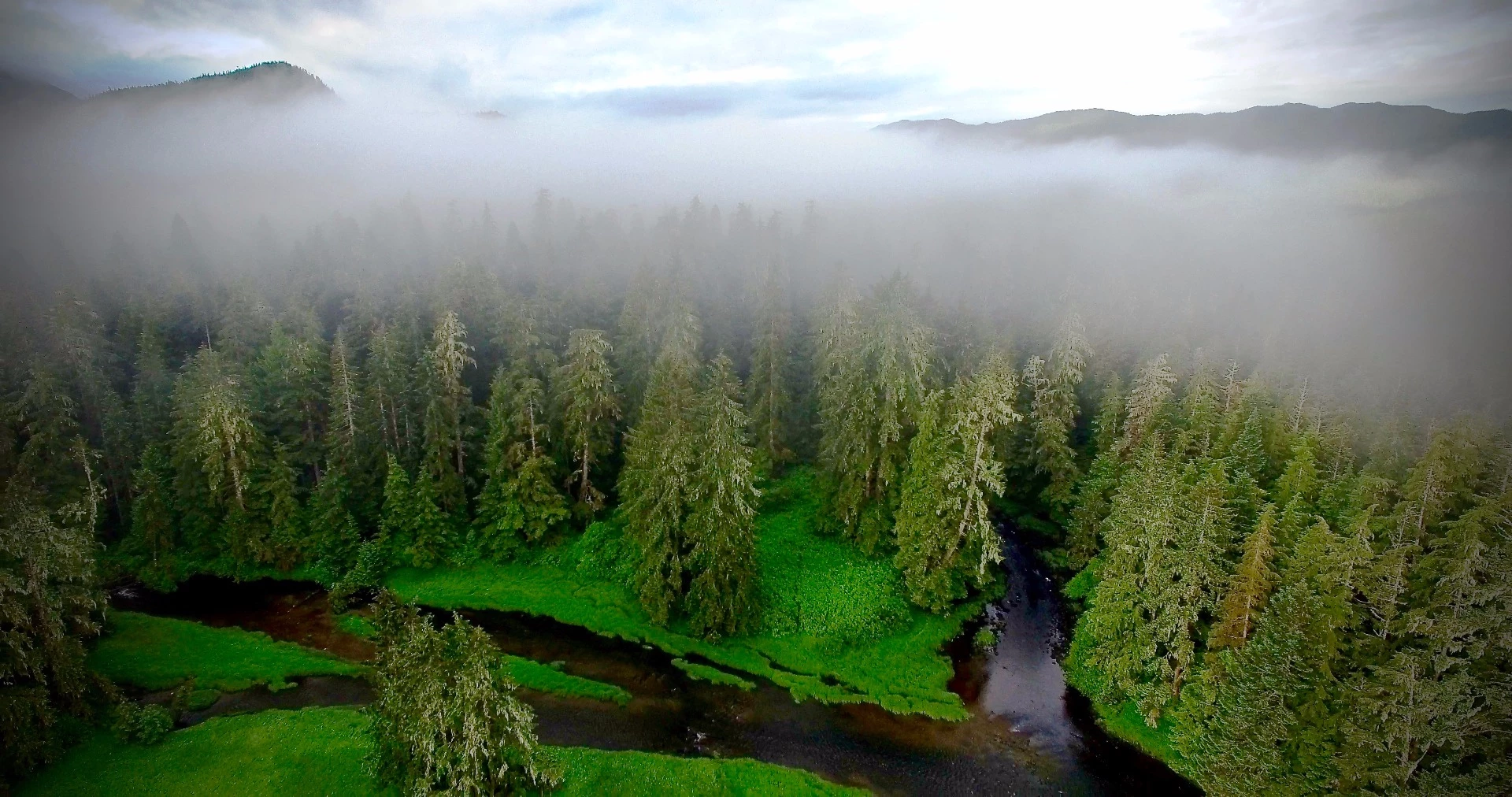Us humans are pretty good at making our presence felt wherever we live out our resource-intensive lives. Of course there are places around the world where people co-exist harmlessly with their environment, but is it possible we could take things further and actually be the bringers of good health to patches of the planet? New research focusing on a coastal rainforest in Canada has found that human occupation over thousands of years is causing the region to flourish, with a penchant for shellfish and need for warmth big parts of the reasons why.
Andrew Trant, a professor in the Faculty of Environment at the University of Waterloo, led a team of researchers in examining 15 former habitation sites in the Hakai Lúxvbálís Conservancy, a protected marine park on the coast of British Columbia. Here, the First Nations Aboriginal Canadians have inhabited the land for more than 13,000 years across 500 generations and like anywhere with such a lengthy human presence, they have influenced the landscape. Just not in the way you might think.
Trant tells us that by using lidar sensors, he and his team were able to produce high-resolution models of the vegetation and soil and, based on that, extract information about certain elements of forest productivity, such as height and greenness. This was combined with visual assessments of trees from the outside, growth-ring samples to see how they matured throughout time and soil samples to reveal what nutrients the forest is using and those it is lacking.

This overall picture of forest health revealed that the trees in the former habitation zones were taller, wide and healthier than the trees growing in the surrounding, uninhabited areas. But why? A major reason is a significant local uptake in fishing for shellfish over the past 6,000 years. This led to the development of deep shell middens in the area, some measuring 5 m deep (16 ft) and spreading across thousands of square meters of forest.
These stockpiles of shellfish remnants has fed a significant amount of marine-derived nutrients into the soil, with shells breaking down slowly and releasing calcium over time. But that isn't all. As Trant explains, the fires created by the First Nations for warmth and cooking had an important role to play too.
"You can think of fire as a catalyst," he tells New Atlas. "Fire increases the pH of soil, making it less acidic and more basic, which makes nutrients in the soil more readily available for plants and trees to use."
While First Nations people still live in settlements in the area, the sites that Trant and his team studied haven't been inhabited for 100 years. Their behavior over the thousands of years prior to that, however, has now been revealed as an environmentally positive, if subconscious, give-take relationship that may well be playing out in other regions of the globe.
"Since shell middens are found around the world, we expect this pattern will be found at other sites," says Trant.
The team's research was published in the journal Nature Communications.
Source: University of Waterloo








